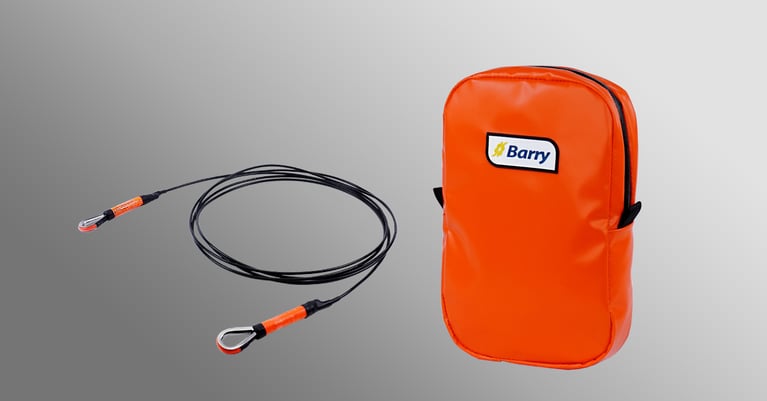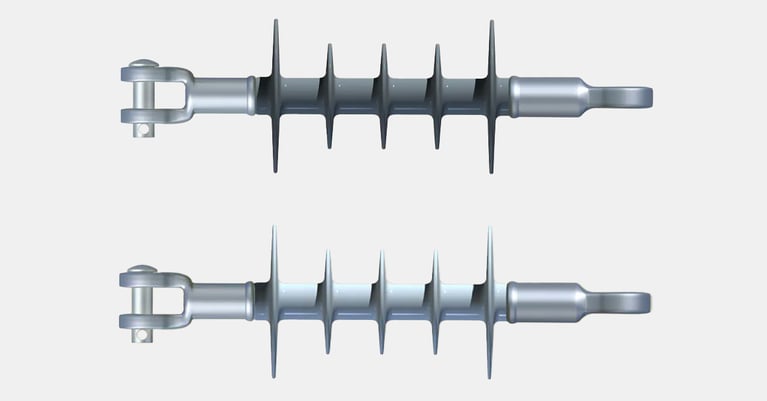Written by Bryan Hunley on October 13, 2020
Carefully evaluating a project to determine the enclosure environment, material, size/depth, lid, accessories and factory modifications will offer cost and time savings in the future. Read our blog for guidance on selecting underground enclosures to support OSP broadband infrastructure.
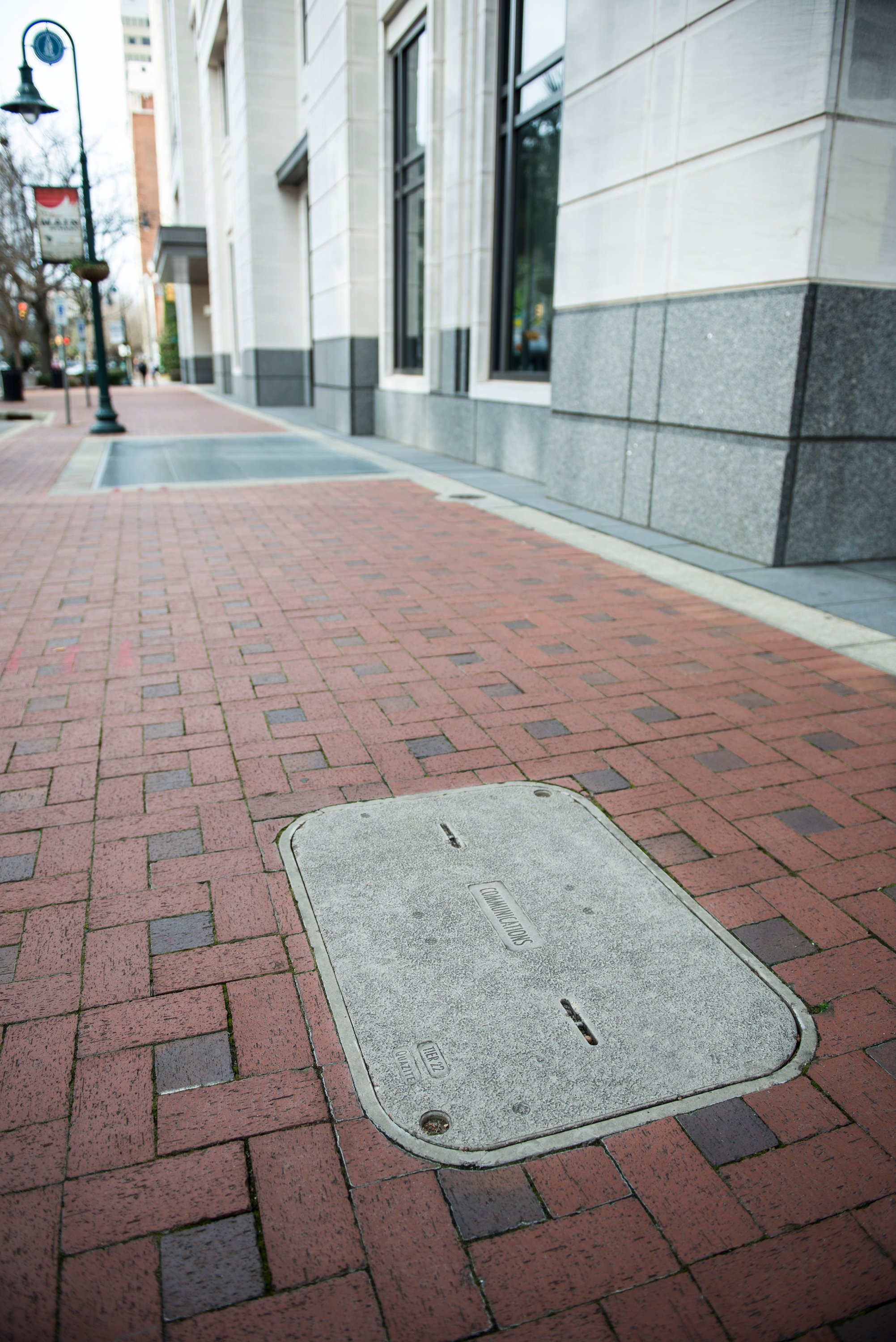
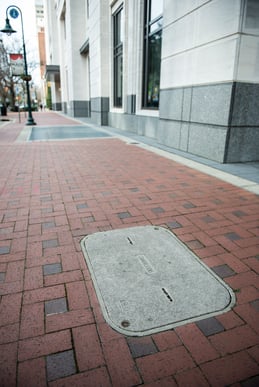 There are many choices and considerations with regards to deploying OSP broadband infrastructure today. Determining what type of underground enclosures to support that infrastructure can seem overwhelming with all of the solutions offered by multiple manufacturers. This article will help provide guidance on navigating through some of those product selection choices.
There are many choices and considerations with regards to deploying OSP broadband infrastructure today. Determining what type of underground enclosures to support that infrastructure can seem overwhelming with all of the solutions offered by multiple manufacturers. This article will help provide guidance on navigating through some of those product selection choices.
- Environment
The environment the enclosure will be placed in will determine the strength requirement and type of enclosure required. For Hubbell enclosures, the strength is graded by an ANSI/SCTE 77 Tier rating standard or a K rating. ANSI/ SCTE 77 standard subjects enclosure assemblies to more strenuous testing criteria than the K rate standard. An enclosure subject to an occasional vehicle tire rolling over the box will need to be a stronger Tier rated box than one that has only light pedestrian traffic. Please note that Hubbell does not currently sell enclosures rated for deliberate vehicular traffic applications under the AASHTO H-20 standard.
- Enclosure Material Selection
Once the necessary strength of an enclosure has been determined, the enclosure material can be selected. Hubbell manufactures enclosures out of three different types of materials: Polymer Concrete (Quazite), Fiberglass Reinforced (Quazite FRP) and HDPE Plastic (Pencell). Our Quazite boxes are the most popular, cost effective, and offered in the most size/depth selections. Quazite FRP weighs less than polymer concrete with many of the same size offerings as Quazite. PenCell is the HDPE plastic line of boxes that are the lightest of all three options.
- Sizing of Enclosure
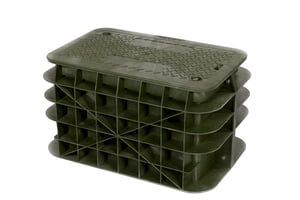 Inventory all the items that will need to be placed in the enclosure in order to figure out the overall box dimensions. The type and size of fiber cables and the environment in which the enclosure is being deployed will govern the enclosure size.
Inventory all the items that will need to be placed in the enclosure in order to figure out the overall box dimensions. The type and size of fiber cables and the environment in which the enclosure is being deployed will govern the enclosure size.
- A larger, shallow box may be required in urban or rocky areas. If the conduits are being placed deep, then a deeper box may be required. All fiber manufacturers have criteria for the minimum cable bending radius required in order to operate properly.
- If the enclosure will be used for fiber splice closure storage then that length, plus the needed cable bend radius, will needed to be taken into consideration. Try not to size the enclosure too tight— once cables and closures are bundled together you need to make sure there is plenty of room for handling the cable post-installation. Take that data along with how much slack storage will be required to determine the length, width and depth of the box.
- Lid Options
There are a few different options when it comes to selecting lids. Polymer concrete lids are standard for most enclosures. PenCell boxes have the option to have an HDPE plastic lid as well. Hubbell also manufactures an ultra-lightweight fiberglass composite lid called Hubbell H-Lite for our most popular sizes of Quazite and PenCell boxes. An H-Lite lid is much lighter than polymer concrete and speeds access to the underground enclosures. Standard hex head or security Penta head bolts are used to secure the lid to the enclosure. With any Hubbell lid the customer may have the lid customized with their company logo or may select a generic logo from the Underground Enclosures catalog.
- Accessories and Enclosure Modifications
All Hubbell enclosures can be factory modified to add additional accessories. EZ Locate is a device that allows for locators to access locating wires without removing the enclosure cover and disturbing its contents. If there is a risk of your enclosure being buried with soil, EMS markers can be placed in the cover to aid in locating the enclosure in the future. Grounding bars, cable racking, pulling eyes, mouse holes, conduit terminators and knockouts are additional features that may be also added to support your network needs.
Carefully evaluating the project to determine the enclosure environment, material, size/depth, lid, accessories and factory modifications will offer cost and time savings in the future. A wrong sized enclosure placed in a rural environment can be remedied much easier than an enclosure in an urban environment with pavement, decorative pavers and sidewalks surrounding it. An improperly rated enclosure can be a liability if an enclosure caves in due to overloading. Not to mention the additional issues with permitting, traffic control and scheduling of maintenance events in heavy traffic areas. OSP networks are constantly evolving daily, taking these items into consideration will help reduce operating costs, save time and mitigate issues in the future.

 There are many choices and considerations with regards to deploying OSP broadband infrastructure today. Determining what type of underground enclosures to support that infrastructure can seem overwhelming with all of the solutions offered by multiple manufacturers. This article will help provide guidance on navigating through some of those product selection choices.
There are many choices and considerations with regards to deploying OSP broadband infrastructure today. Determining what type of underground enclosures to support that infrastructure can seem overwhelming with all of the solutions offered by multiple manufacturers. This article will help provide guidance on navigating through some of those product selection choices. Inventory all the items that will need to be placed in the enclosure in order to figure out the overall box dimensions. The type and size of fiber cables and the environment in which the enclosure is being deployed will govern the enclosure size.
Inventory all the items that will need to be placed in the enclosure in order to figure out the overall box dimensions. The type and size of fiber cables and the environment in which the enclosure is being deployed will govern the enclosure size.

